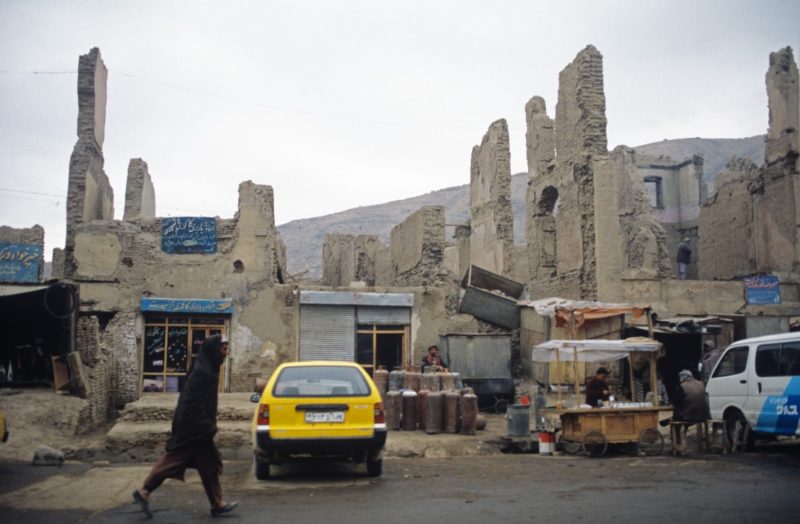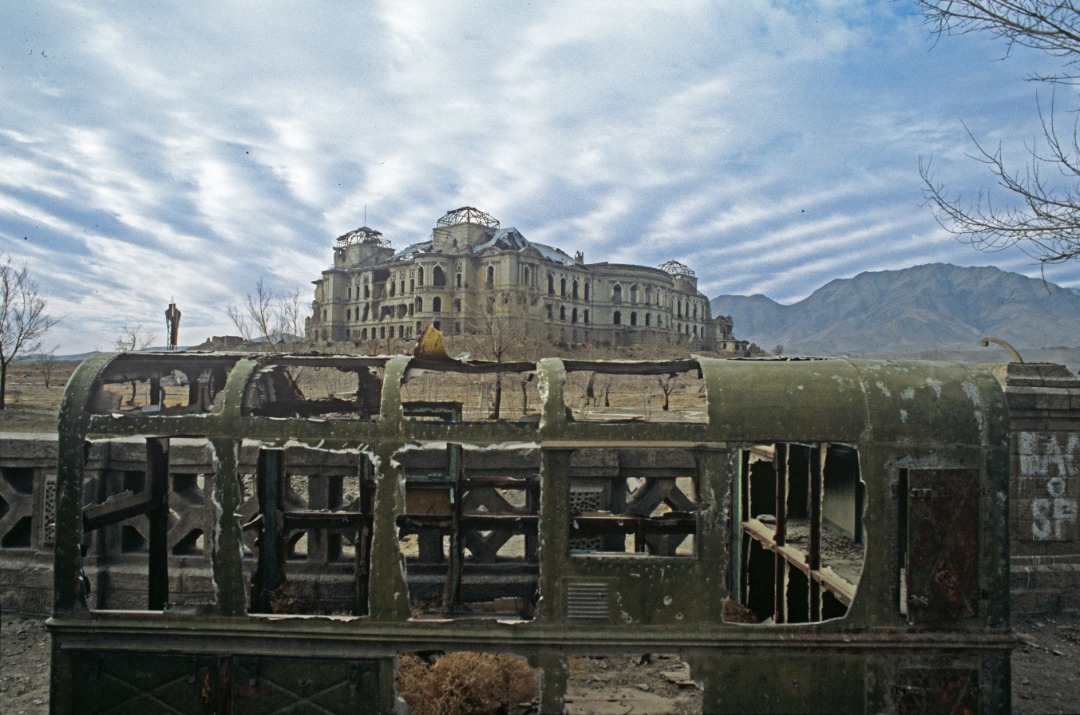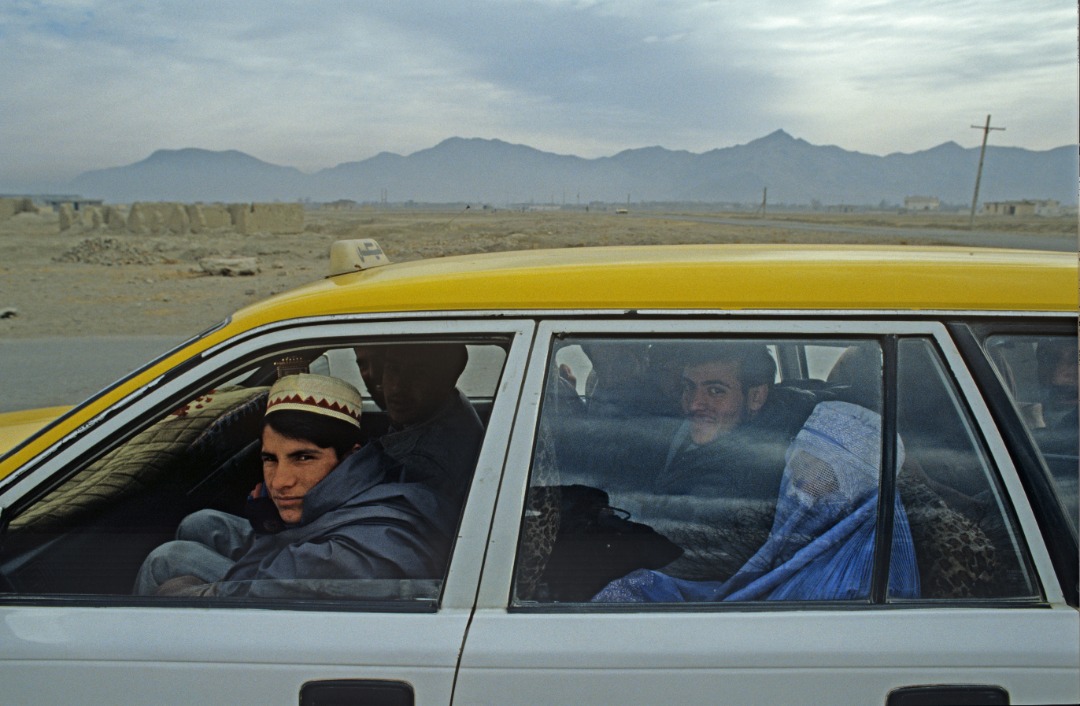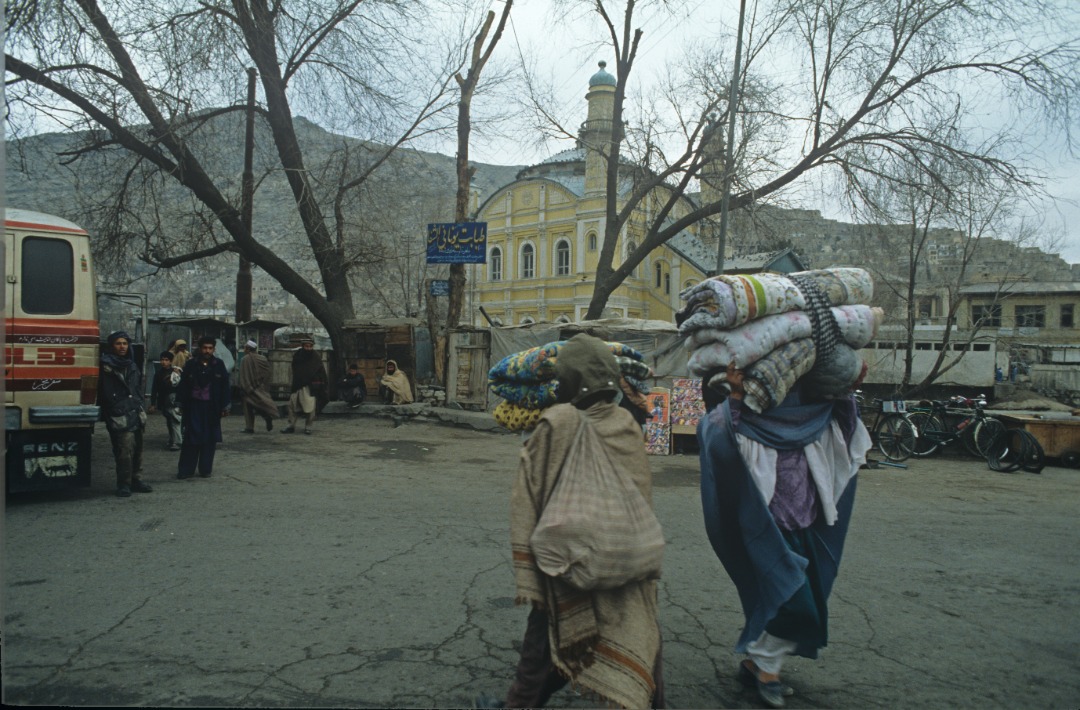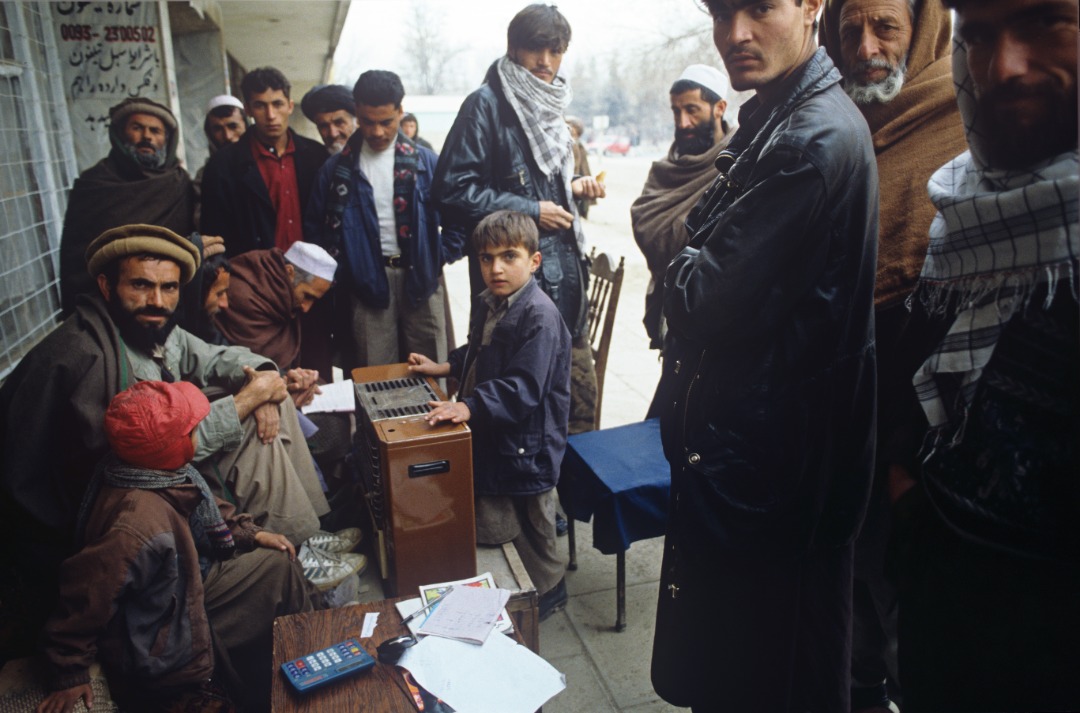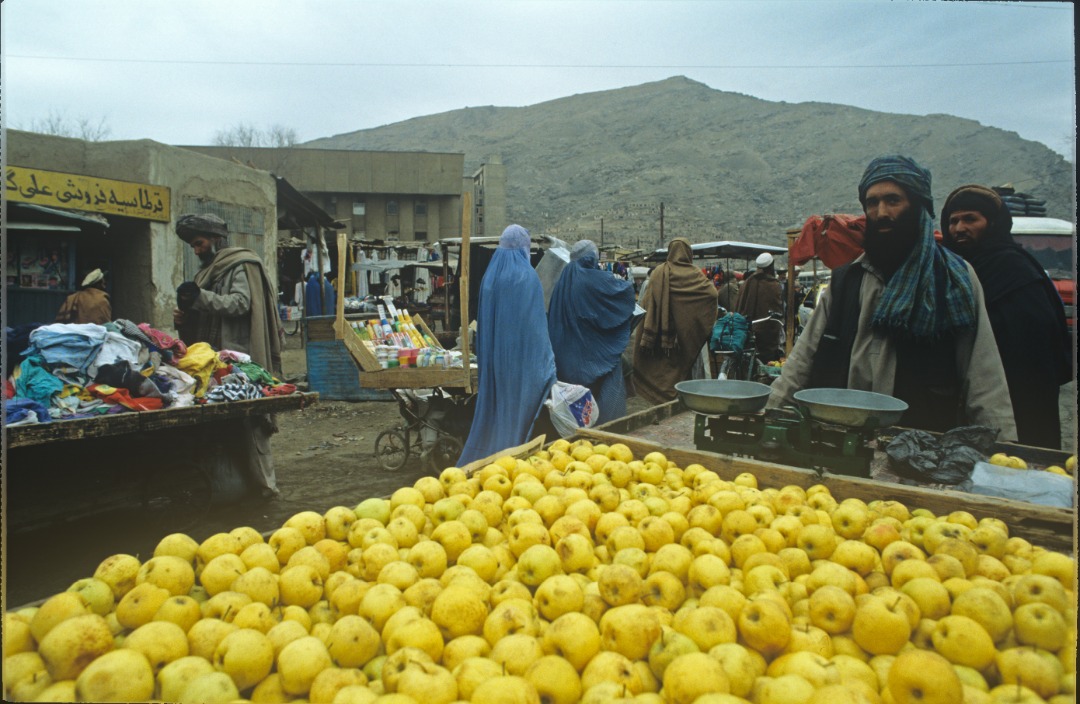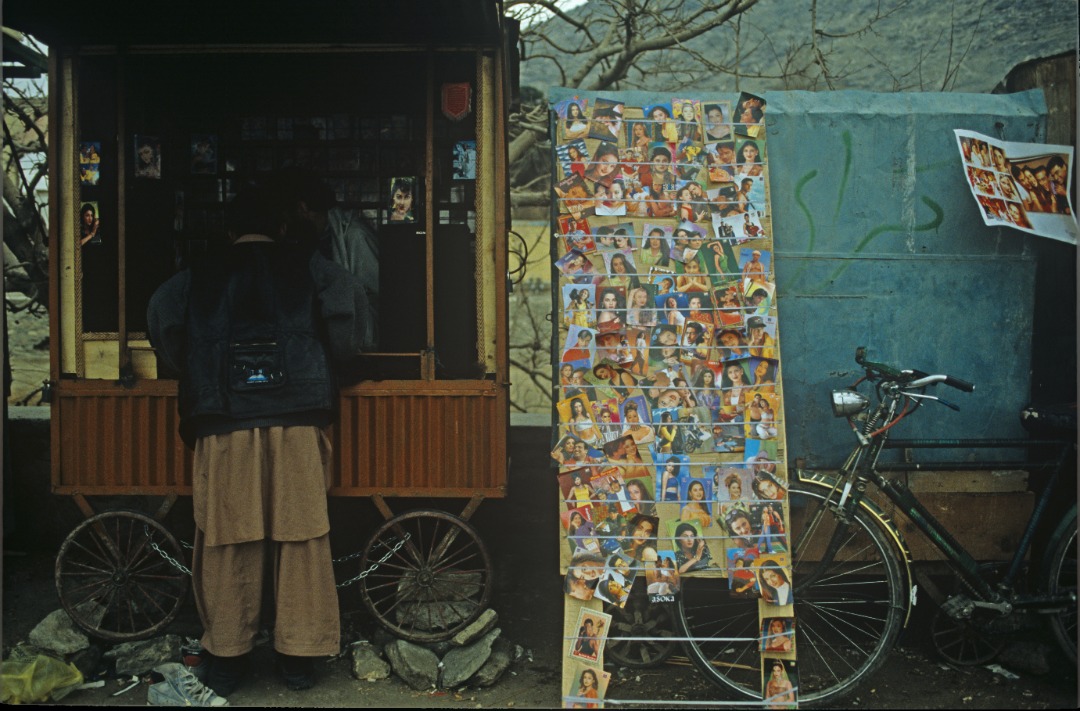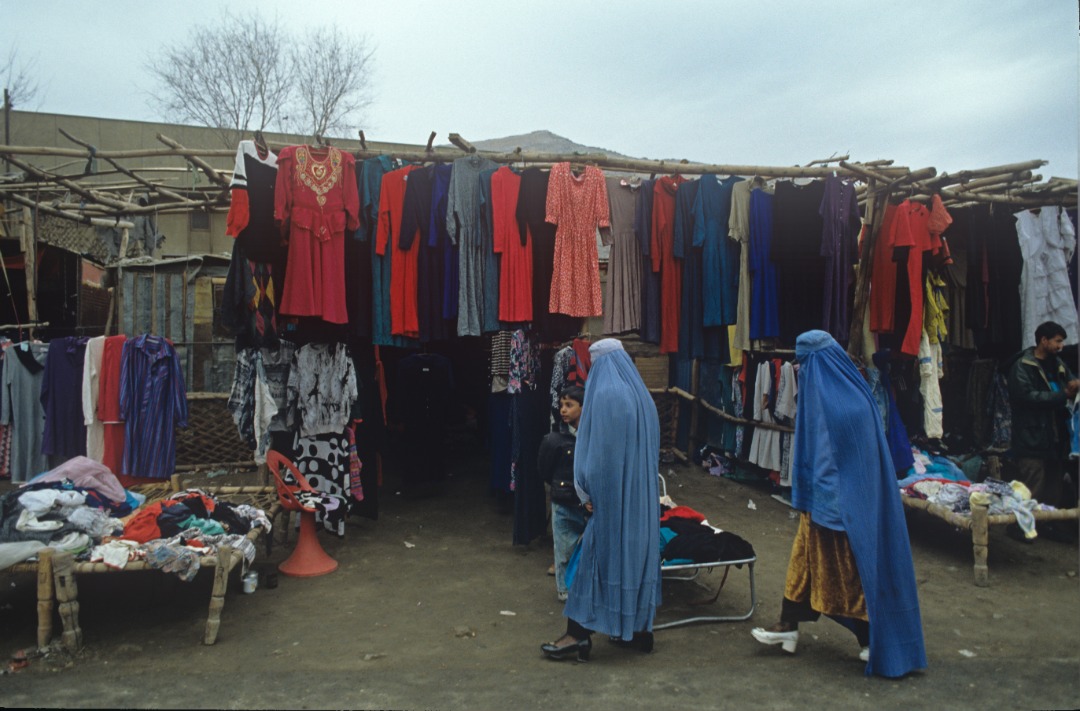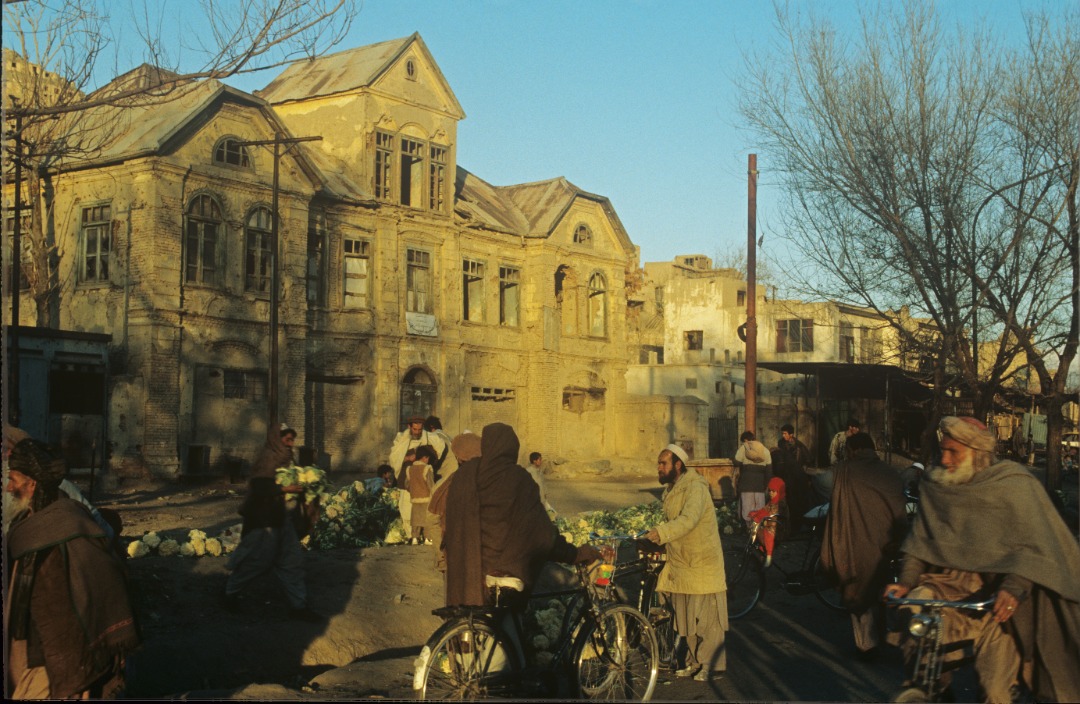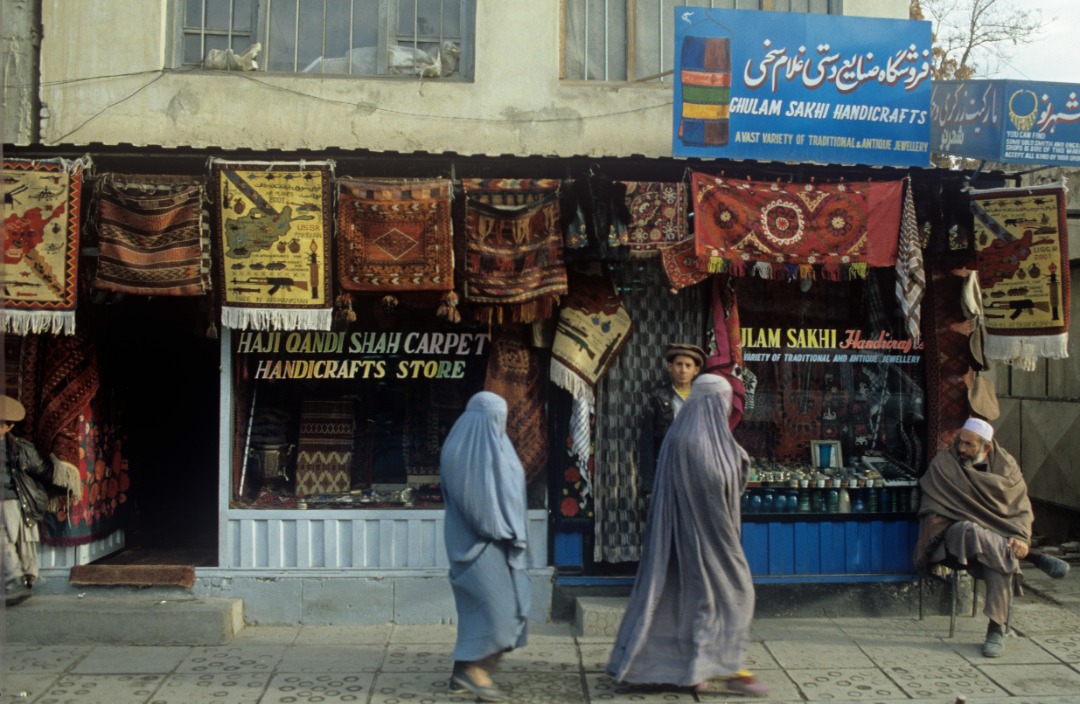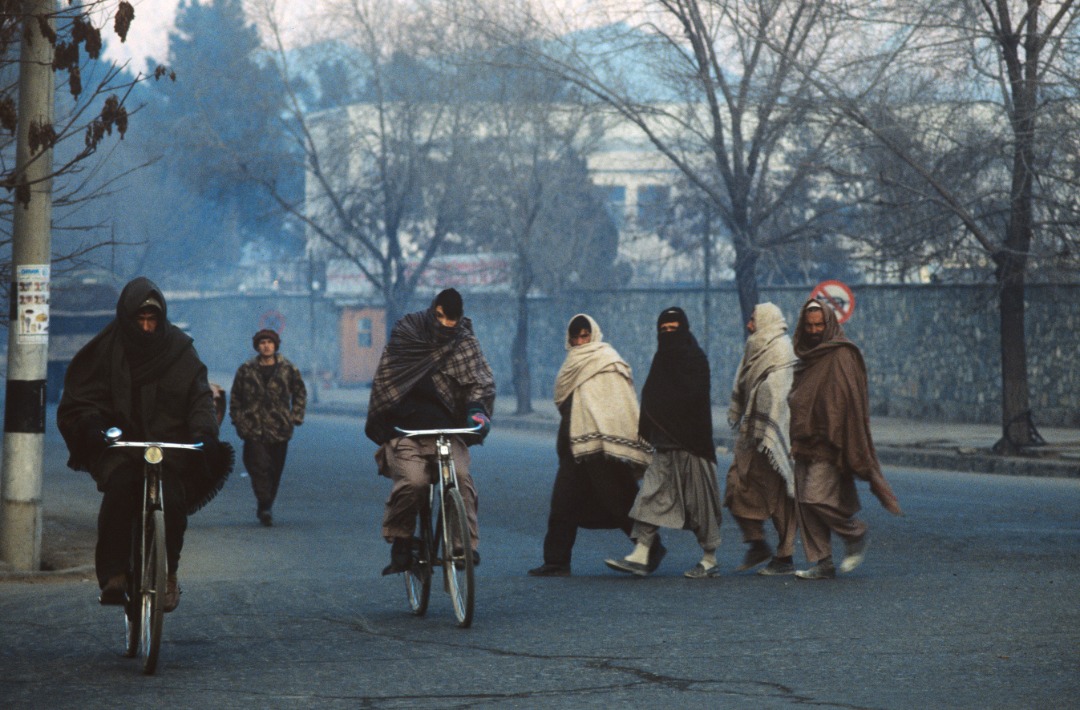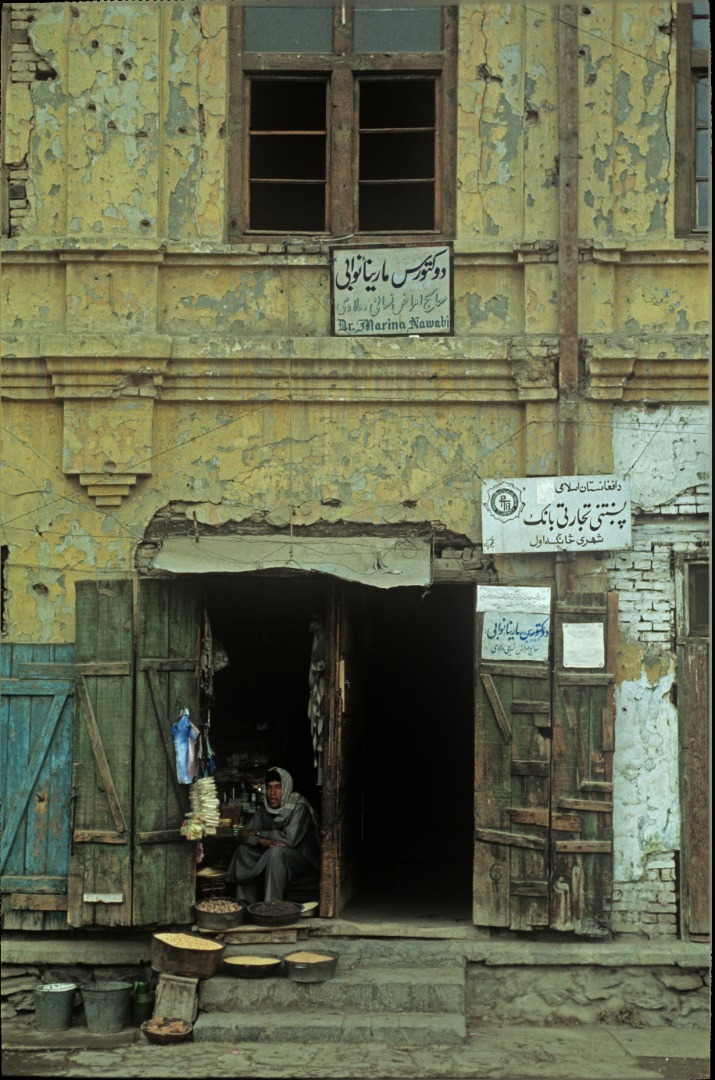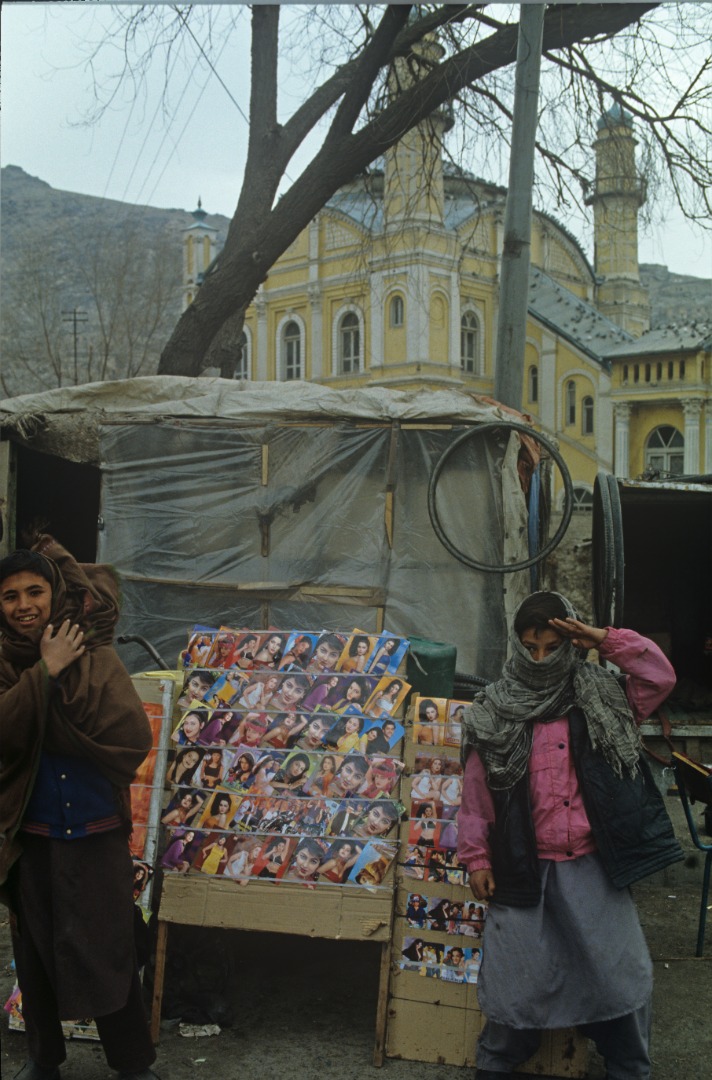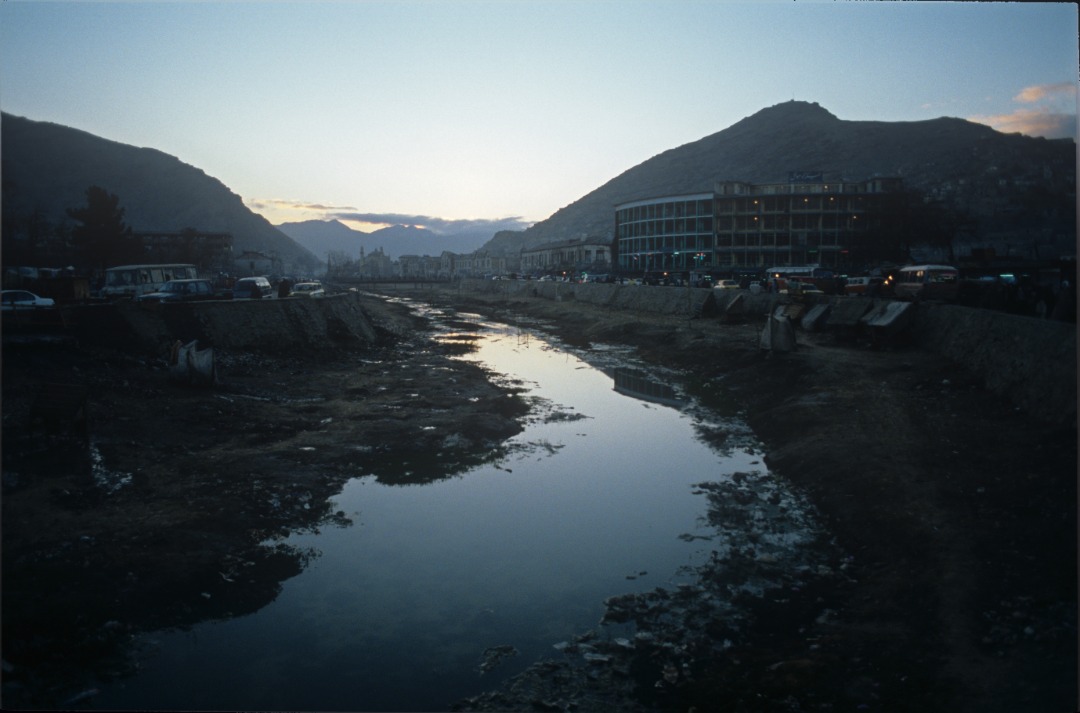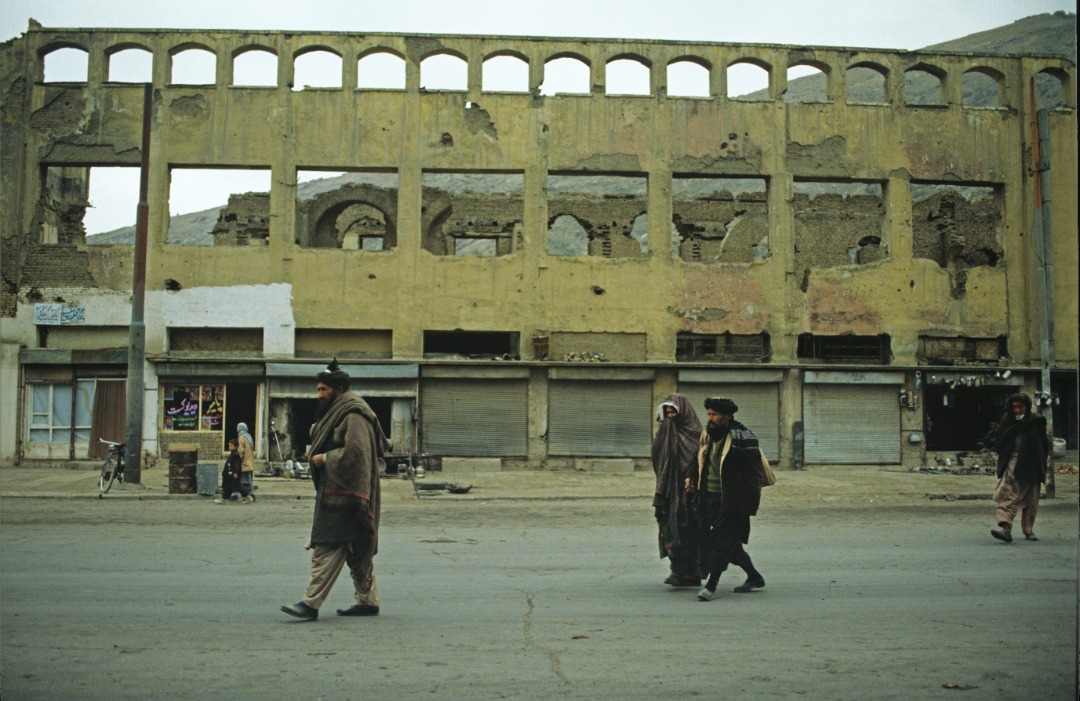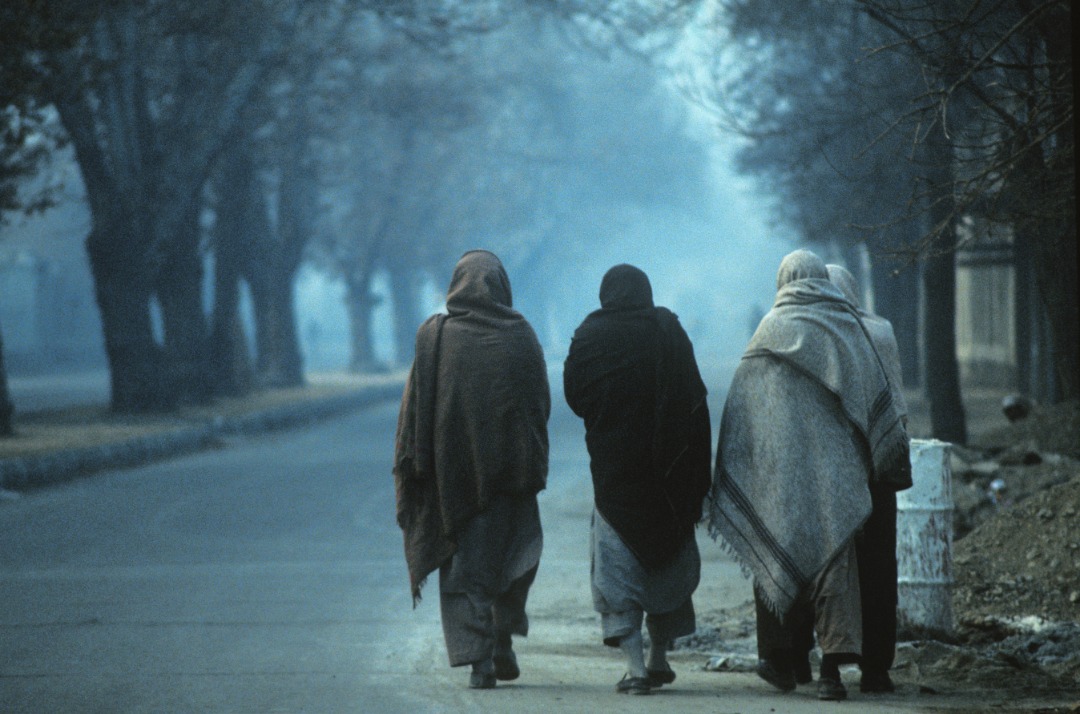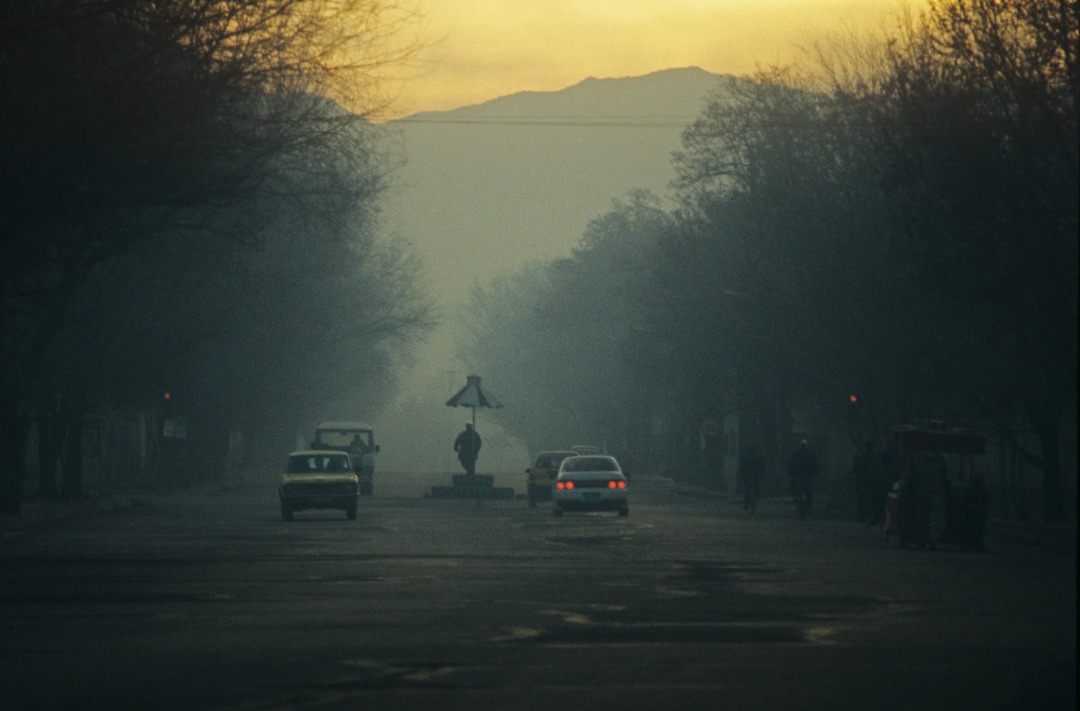Some twenty years ago, during days not unlike now, the Taliban were finally defeated in Afghanistan and retreated from Kabul. Back then my job was still mostly photo journalism and just a week after the Taliban’s retreat I found myself in the Afghan capital city with a contingent of journalists from Iran. Kabul airport had been rendered unusable, so we had to fly to the American air force base in Bagram and from there catch a helicopter to Kabul.
The vista from the air was one of utter destruction and desolation, and Kabul was no different. You felt the weight of insecurity everywhere and at night there was martial law. It was as if the Taliban were still there. Their presence, the dread, was everywhere, even if they had been physically forced out. People still mostly wouldn’t pose for a camera. What if the Taliban suddenly returned? they said. Women were especially terrified to show themselves. None would come out without a burqa. The more courageous ones might venture to the bazaar, but not without proper covering. Whenever I asked a woman if I could photograph her, the terror seemed to slip right through her burqa.
Taliban meant only one thing to them, punishment. They did not want to be punished. I never thought the Taliban would return. It was impossible. Not with the way these people felt about them. I was wrong. After twenty years the Taliban returned. And they are punishing women again.
But back then, after just a little while, more and more people started to think that maybe the Taliban were really gone. And good riddance. The first thing that sprouted everywhere was satellite dishes so that people could watch TV. Overnight, Kabul’s balconies were riddled with satellites. I ran into some kind of metal worker busy with dozens of satellite dishes. I asked if that was all he did. “Yes. Every morning I have at least four or five orders. By nighttime they come with cash asking for their dishes.”
Alongside the satellites, the vendors of music and video were next to mushroom all over the city. They became ubiquitous – selling every kind of tape, video and poster of Indian, Pakistani and Iranian singers and film stars. It was as if these things just materialized out of thin air one day – somehow biding time in another dimension for the dreaded Taliban to beat it out of the capital.
What all this really felt like was the feeling of being able to breathe again. Folk set up tables outside of the shuttered telephone company and offered calls through the expensive Soraya satellite phone. There many takers. People paying to speak with their loved ones around the world once again. A lot of business too took place on these satellite phones. You could make a call after so many years and import colorful clothes and shoes from India and Pakistan. Men could go to barber shops and get a haircut and trim their beards. There was something miraculous about the utterly ordinary in those days in Kabul. Miracle and lingering fear mixed together.
Two decades came and went that way.
